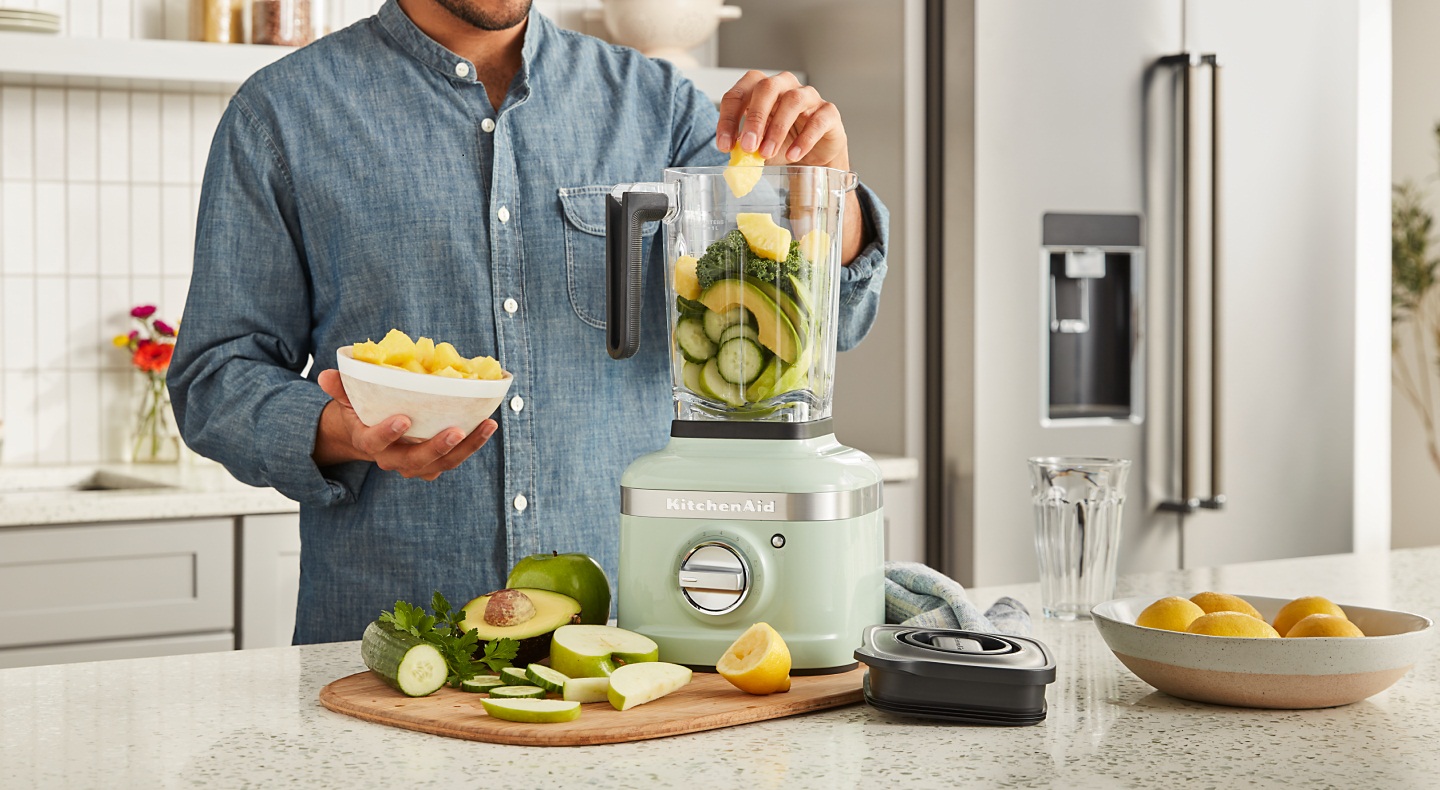

Articles
How To Juice With Blender
Modified: February 28, 2024
Learn how to juice with a blender in these helpful articles. Discover tips, recipes, and techniques for creating nutritious and delicious homemade juices.
(Many of the links in this article redirect to a specific reviewed product. Your purchase of these products through affiliate links helps to generate commission for Storables.com, at no extra cost. Learn more)
Introduction
Juicing has become increasingly popular as more and more people recognize the benefits of incorporating fresh fruits and vegetables into their daily diets. While juicing machines are commonly used for this purpose, using a blender can be a convenient and cost-effective alternative. Blenders are versatile kitchen appliances that can produce delicious and nutritious juices, packed with vitamins, minerals, and antioxidants.
In this article, we will explore the world of juicing with a blender and provide you with valuable information on how to get started. Whether you are a juicing beginner or seasoned pro, you will discover helpful tips, techniques, and mouthwatering recipes to create delicious and healthy juices in the comfort of your own home.
By choosing to juice with a blender, you can enjoy a variety of benefits. First and foremost, using a blender preserves the fiber content present in fruits and vegetables. Unlike juicers, blenders retain the whole fruit or vegetable, including the skin and pulp, resulting in a nutritious drink that is rich in dietary fiber. Fiber is essential for digestion, maintaining a healthy weight, and preventing certain diseases like heart disease and diabetes.
Another benefit of juicing with a blender is the ability to create custom combinations of fruits and vegetables. Unlike store-bought juices that often contain added sugars, preservatives, and artificial flavors, homemade juices allow you to control the ingredients. You can experiment with different flavor profiles and tailor the juice to your personal taste preferences and nutritional needs.
Furthermore, juicing with a blender can be more budget-friendly compared to purchasing a separate juicing machine. A high-quality blender can perform various tasks in the kitchen, such as blending smoothies, making sauces, and even grinding nuts and seeds. Investing in a blender that has multiple functions will provide you with versatility and value for your money.
Now that we’ve discussed the benefits of juicing with a blender, let’s delve into the key factors to consider when choosing the right blender for juicing. By selecting a blender that meets your specific needs, you can ensure optimal performance and longevity.
Key Takeaways:
- Juicing with a blender offers increased nutrient intake, dietary fiber, detoxification, energy boost, weight management, improved hydration, and glowing skin. It’s a convenient and versatile way to enjoy the benefits of fresh fruits and vegetables.
- Choosing the right blender, preparing produce, mastering juicing techniques, and cleaning and maintaining the blender are essential for a successful juicing journey. With delicious recipes and helpful tips, juicing with a blender can be a fun and rewarding experience.
Read more: How To Make Pineapple Juice With Blender
Benefits of Juicing with a Blender
Juicing with a blender offers numerous advantages that can positively impact your overall health and well-being. Let’s explore some of the key benefits of incorporating blended juices into your daily routine:
- Increased nutrient intake: Blending fruits and vegetables allows you to consume a higher quantity and variety of nutrients. The blender breaks down the cell walls of the produce, making it easier for your body to absorb the vitamins, minerals, and antioxidants.
- Dietary fiber: Unlike juicing machines that separate the fiber from the juice, a blender retains the whole fruit or vegetable, including the skin and pulp. This means you get the benefit of dietary fiber, which aids digestion, promotes satiety, and supports a healthy gut.
- Detoxification and cleansing: The combination of various fruits and vegetables in blended juices can help support your body’s natural detoxification processes. They provide antioxidants that combat free radicals, helping to cleanse and rejuvenate your system.
- Energy boost: Blended juices provide a concentrated source of nutrients that can give you an instant energy boost, making them a great choice for a breakfast or mid-day pick-me-up.
- Weight management: Juicing with a blender can aid in weight loss or maintenance. The fiber-rich content can help you feel fuller for longer, reducing the likelihood of overeating. Additionally, the natural sugars in fruits can satisfy your sweet tooth without resorting to unhealthy snacks.
- Improved hydration: Blended juices are an excellent way to increase your fluid intake and stay hydrated throughout the day. They are a healthier alternative to sugary sodas, sports drinks, and artificial fruit juices.
- Glowing skin and vibrant appearance: The powerful antioxidants and nutrients present in blended juices can contribute to healthy, glowing skin. Regular consumption can enhance your complexion and promote a youthful appearance.
By harnessing the benefits of juicing with a blender, you can nourish your body with a wide range of nutrients, support your overall health, and enjoy the delicious flavors of fresh fruits and vegetables. Now that we understand the advantages, let’s move on to choosing the right blender for juicing.
Choosing the Right Blender for Juicing
When it comes to selecting a blender for juicing, there are a few key factors to consider. These factors will ensure that you choose a blender that can effectively blend a variety of fruits and vegetables into smooth and nutritious juices. Here are some important considerations to keep in mind:
- Power: Look for a blender with a high wattage, as this will determine the blender’s ability to effectively pulverize fruits and vegetables. A minimum of 600 watts is recommended, but for optimal juicing results, consider blenders with 1000 watts or more.
- Speed and control: Opt for a blender with variable speed settings or a pulse function. This allows you to control the blending process and achieve the desired consistency. Different fruits and vegetables may require different blending speeds to ensure smooth and well-blended juices.
- Jar capacity: Consider the size of the blender jar and ensure it is large enough to accommodate the quantity of juice you intend to make. If you plan to make large batches of juice at once, a blender with a larger jar capacity will be more suitable.
- Blade quality: Check for high-quality, durable blades made from stainless steel. Sharp blades will ensure efficient blending and prevent the need for constant maintenance or replacement.
- Design and durability: Look for a blender with a sturdy construction that can withstand continuous use. It should be made from materials that are easy to clean and maintain. Additionally, consider the design of the blender, including the size, shape, and ease of use.
- Additional features: Some blenders come with extra features such as pre-programmed settings for specific types of juices or smoothies. Others may have a tamper tool to help push ingredients down towards the blades for smoother blending. Assess which features are important to you and align with your juicing needs.
- Budget: Consider your budget when choosing a blender for juicing. There are blenders available at various price points, so evaluate the features that are essential to you and invest accordingly. Remember, a high-quality blender can be a long-term investment in your health and juicing journey.
By taking these considerations into account, you can select a blender that meets your specific juicing needs. Now that you have chosen the right blender, let’s move on to the next step: preparing fruits and vegetables for juicing.
Preparing Fruits and Vegetables for Juicing
Properly preparing your fruits and vegetables is essential to ensure smooth and delicious juices. Here are some steps to follow when preparing your produce for juicing with a blender:
- Wash the produce: Thoroughly rinse your fruits and vegetables under cold water to remove any dirt, debris, or pesticide residues. Consider using a vegetable brush for tougher-skinned produce or delicate fruits that require extra care.
- Peeling and trimming: In most cases, it is not necessary to peel your fruits and vegetables before juicing with a blender. The skin of many fruits and vegetables contains beneficial nutrients and fiber. However, for produce with thick, tough, or bitter skin, like oranges or pineapples, it is recommended to remove the skin. Additionally, trim any bruised or damaged portions of the produce.
- Cutting into smaller pieces: To aid in the blending process, cut your fruits and vegetables into smaller pieces. This will make it easier for the blender to process them into a smooth and consistent juice. For larger fruits like apples or pears, remove the core and chop into manageable chunks.
- Seed removal: Some fruits, like watermelon or papaya, may contain seeds that can affect the texture of the juice. Remove any large seeds found in the produce before adding them to your blender.
- Selecting ripe produce: For the best flavor and nutritional value, choose ripe fruits and vegetables. Look for produce that is firm, brightly colored, and free from any signs of spoilage.
- Leafy greens: Leafy greens, such as spinach, kale, or lettuce, can be juiced with a blender. However, it is important to remove the tough stems or ribs from these greens, as they can create a fibrous and bitter taste in the juice.
- Freezing: If you prefer a colder juice or want to preserve your produce, you can freeze certain fruits or vegetables before blending. This can add a refreshing chill to your juice and extend the shelf life of your ingredients.
Remember to adjust the quantity of fruits and vegetables based on your personal preference and the capacity of your blender. It is always recommended to start with a smaller batch and gradually increase the amount as you become more familiar with the blending process.
Now that you have prepared your ingredients, it’s time to explore various juicing techniques with a blender. In the next section, we will cover tips and tricks to create delicious and nutrient-packed blended juices.
Juicing Techniques with Blender
Using a blender for juicing allows you to experiment with different techniques to achieve the desired consistency and flavor. Here are some techniques and tips to consider when juicing with a blender:
- Blending: To begin, add your prepped fruits and vegetables into the blender jar. Start with a small amount of liquid, such as water or coconut water, to help facilitate the blending process. Gradually increase the speed of the blender until you reach your desired consistency. Blend for a longer duration if you prefer a smoother juice or for a shorter time for a more textured juice.
- Straining: If you prefer a smoother juice without any pulp or fiber, you can strain the blended mixture through a fine-mesh sieve or nut milk bag. This will remove any remaining solids, giving you a clear and silky juice. However, keep in mind that by straining, you may also reduce the fiber content and some of the nutrients from the produce.
- Layering: If you are blending ingredients with different textures or hardness, consider layering them in the blender. Start by blending the softer ingredients, such as leafy greens or celery, with a small amount of liquid. Once smooth, gradually add the harder fruits and vegetables, such as apples or carrots, to ensure everything is evenly blended.
- Addition of liquid: Depending on the desired consistency, you may need to add liquid to achieve the right balance. Besides water, you can use coconut water, almond milk, or even freshly squeezed citrus juice as the base for your blended juices. Adjust the amount of liquid based on personal preference and the thickness of your desired juice.
- Blending with ice: For a refreshing and chilled juice, add some ice cubes to your blender along with the other ingredients. This will not only cool down the juice but also add volume and a slushy texture to your blend.
- Combining flavors: Experiment with different combinations of fruits and vegetables to create unique and delicious flavor profiles. You can blend fruits with similar colors or complementary flavors for a harmonious blend. As you become more experienced, don’t be afraid to add herbs, spices, ginger, or lemon juice for an extra kick of flavor and added health benefits.
- Using frozen ingredients: Frozen fruits and vegetables work well in blended juices and can help create a thicker, smoothie-like consistency. You can freeze fresh produce or use store-bought frozen fruits for convenience. This is especially useful if you prefer a chilled juice without the need for additional ice cubes.
Remember to taste your juice as you go along and adjust the flavors as needed. If the juice is too thick, you can thin it out with a little more liquid. Alternatively, if it lacks sweetness, you can add a small amount of honey, agave syrup, or a sweeter fruit to balance the flavors.
Now that you have mastered the juicing techniques, it’s important to understand how to clean and maintain your blender properly. Let’s explore that in the next section.
When juicing with a blender, be sure to add some water or a liquid base to help the ingredients blend smoothly. This will make it easier to strain the juice and extract the liquid.
Read more: How To Make Tomato Juice In A Blender?
Cleaning and Maintaining Your Blender
Properly cleaning and maintaining your blender is essential to ensure its longevity and optimal performance. Here are some tips to help you keep your blender in great condition:
- Immediate cleaning: After each use, rinse the blender jar and blades immediately with warm water and a few drops of dish soap. This will prevent any remaining residue from hardening and becoming difficult to clean later on.
- Blade and jar cleaning: Take extra care when cleaning the blades of your blender, as they are sharp. Use a brush or sponge to remove any trapped bits of food. Make sure to also clean the inside and outside of the blender jar thoroughly.
- Dealing with tough stains: For stubborn stains or residue, you can fill the blender jar halfway with warm water and a few drops of dish soap. Run the blender on low speed for a few seconds, then let it sit for a few minutes before rinsing it out. Alternatively, you can use a mixture of baking soda and water as a natural cleaning solution.
- Detachable parts: If your blender has removable parts, such as the blade assembly or gasket, ensure that you disassemble them for a thorough cleaning. Follow the manufacturer’s instructions on how to safely remove and clean these parts.
- Avoid submerging the motor base: When cleaning your blender, never immerse the motor base in water or any other liquid. Instead, use a damp cloth or sponge to clean the base, being careful not to let any moisture enter the electrical components.
- Drying: After washing, allow all the blender components to air dry completely before reassembling or storing them. This will prevent moisture accumulation and potential mold or bacteria growth.
- Safe storage: Store your blender in a clean and dry place, away from direct sunlight, heat sources, or excessive moisture. Ensure that all the components are kept together to avoid misplacing or losing them.
- Regular maintenance: Check your blender’s user manual for any specific maintenance recommendations from the manufacturer. This may include lubricating the blade assembly, checking the power cord for any damage, or replacing any worn-out parts.
By following these cleaning and maintenance practices, you can prolong the life of your blender and ensure that it remains in excellent working condition for years to come.
Now that you know how to clean and maintain your blender, let’s move on to the fun part: trying out delicious juice recipes. In the next section, we will share some mouthwatering recipes to get you started on your juicing journey.
Delicious Juice Recipes to Try
Ready to explore the world of flavorful and nutritious juices? Here are some delicious juice recipes to try with your blender:
-
Green Detox Juice:
- 2 cups spinach
- 1 cucumber
- 1 green apple
- 1 stalk celery
- 1 lemon, peeled
- 1-inch piece of ginger
Blend all the ingredients together, starting with the softer greens and gradually adding the rest. Enjoy this refreshing and detoxifying juice as part of your morning routine or as a mid-day pick-me-up.
-
Tropical Paradise Juice:
- 1 cup pineapple chunks
- 1 orange, peeled and segmented
- 1 banana
- 1/2 cup coconut water
- A handful of fresh mint leaves
Blend all the ingredients until smooth and creamy. This tropical medley will transport you to a sunny paradise and provide a burst of vitamins and tropical flavors.
-
Berry Burst Juice:
- 1 cup strawberries
- 1/2 cup blueberries
- 1/2 cup raspberries
- 1 banana
- 1 cup almond milk
- 1 tablespoon honey (optional)
Blend all the ingredients together until smooth and creamy. This vibrant and antioxidant-rich juice is perfect for berry lovers and provides a sweet and tangy flavor combination.
-
Carrot-Ginger Zinger:
- 3 large carrots
- 1 apple
- 1-inch piece of ginger
- 1 lemon, peeled
- 1 teaspoon turmeric powder
- A pinch of black pepper
Blend all the ingredients together, adjusting the amount of ginger and lemon to suit your taste. This invigorating and zesty juice is packed with immune-boosting properties and anti-inflammatory benefits from the turmeric.
-
Refreshing Cucumber-Mint Cooler:
- 2 cucumbers
- 1 cup fresh watermelon chunks
- A handful of fresh mint leaves
- 1 lime, juiced
- 1 tablespoon maple syrup (optional)
Blend all the ingredients together until smooth and well-combined. This light and refreshing juice is perfect for hot summer days, providing hydration and a burst of cooling flavors.
Feel free to customize these recipes to suit your taste preferences and experiment with additional ingredients or variations. Remember, the possibilities are endless when it comes to creating delicious and nutritious blended juices.
Now that you have some exciting juice recipes to try, it’s time to address a few frequently asked questions about juicing with a blender. Let’s dive into them in the next section.
Frequently Asked Questions about Juicing with a Blender
Curious about juicing with a blender? Here are answers to some frequently asked questions to help you on your juicing journey:
-
Can I use any type of blender for juicing?
Not all blenders are suitable for juicing. To effectively blend fruits and vegetables into smooth juices, it is recommended to use a high-speed blender with a powerful motor, preferably with a minimum of 600 watts. This ensures that the blender can break down tough fibrous foods and produce a smooth consistency.
-
Do I need to peel the fruits and vegetables before blending?
In most cases, it is not necessary to peel fruits and vegetables unless they have a thick or bitter skin. The skin of many fruits and vegetables contains beneficial nutrients and fiber. However, ensure that you wash them thoroughly before blending to remove any dirt or residue.
-
Do I lose nutrients by blending fruits and vegetables?
Blending fruits and vegetables retains the fiber and most of the nutrients present in the produce. However, exposure to heat and air during blending can lead to a slight loss of certain heat-sensitive vitamins. To minimize nutrient loss, blend your ingredients for a shorter duration and consume the juice immediately after preparation.
-
Can I store the juice for later consumption?
It is best to consume freshly blended juices right away to fully enjoy their nutritional benefits. However, if you need to store the juice for a short period, it is recommended to refrigerate it in an airtight container for no more than 24 to 48 hours. Remember that the juice may separate during storage, so give it a good shake before drinking.
-
What can I do with the leftover pulp?
The pulp leftover from blending fruits and vegetables can be repurposed in various ways. You can add it to baked goods like muffins or bread, use it in soups or stews for added texture and flavor, or even compost it to enrich your garden soil.
-
Are there any safety precautions to consider when using a blender for juicing?
When using a blender, always ensure that the lid is securely in place to prevent any accidents or spills. Start at a low speed and gradually increase the speed to avoid splattering. Additionally, be cautious when handling sharp blades while cleaning or disassembling the blender.
Remember to consult your blender’s user manual for specific instructions and safety guidelines related to your particular model.
Juicing with a blender offers an exciting and convenient way to incorporate fresh fruits and vegetables into your diet. By following these tips and guidelines, you can enjoy the countless health benefits and delicious flavors of homemade blended juices.
With your blender in hand and newfound knowledge, it’s time to embark on your juicing journey. Cheers to a healthy and vibrant lifestyle!
If you have any more questions or need further assistance, feel free to reach out and happy juicing!
Conclusion
Juicing with a blender is a fantastic way to incorporate fresh fruits and vegetables into your daily routine. With the ability to preserve fiber, create custom combinations, and enjoy a variety of health benefits, using a blender for juicing is a convenient and cost-effective choice. By choosing the right blender, preparing your produce properly, and mastering different juicing techniques, you can create delicious and nutritious juices that are tailored to your taste preferences.
Remember to clean and maintain your blender regularly to ensure its longevity and optimal performance. By following proper cleaning practices and storing your blender safely, you can continue to enjoy the many benefits of juicing for years to come.
With an array of mouthwatering juice recipes to try, you can experiment with various flavors, textures, and nutritional profiles. Whether you’re indulging in a refreshing Green Detox Juice, delighting in a Tropical Paradise Juice, or invigorating your senses with a Carrot-Ginger Zinger, the possibilities are endless.
Juicing with a blender is not only a practical way to boost your nutrient intake but also a creative outlet to explore different combinations and flavors. So, grab your blender, gather your favorite fruits and vegetables, and embark on a juicing journey that caters to your taste buds and promotes a healthier lifestyle.
If you have any more questions or need further guidance, don’t hesitate to reach out. Cheers to your juicing success and a vibrant, energized you!
Frequently Asked Questions about How To Juice With Blender
Was this page helpful?
At Storables.com, we guarantee accurate and reliable information. Our content, validated by Expert Board Contributors, is crafted following stringent Editorial Policies. We're committed to providing you with well-researched, expert-backed insights for all your informational needs.
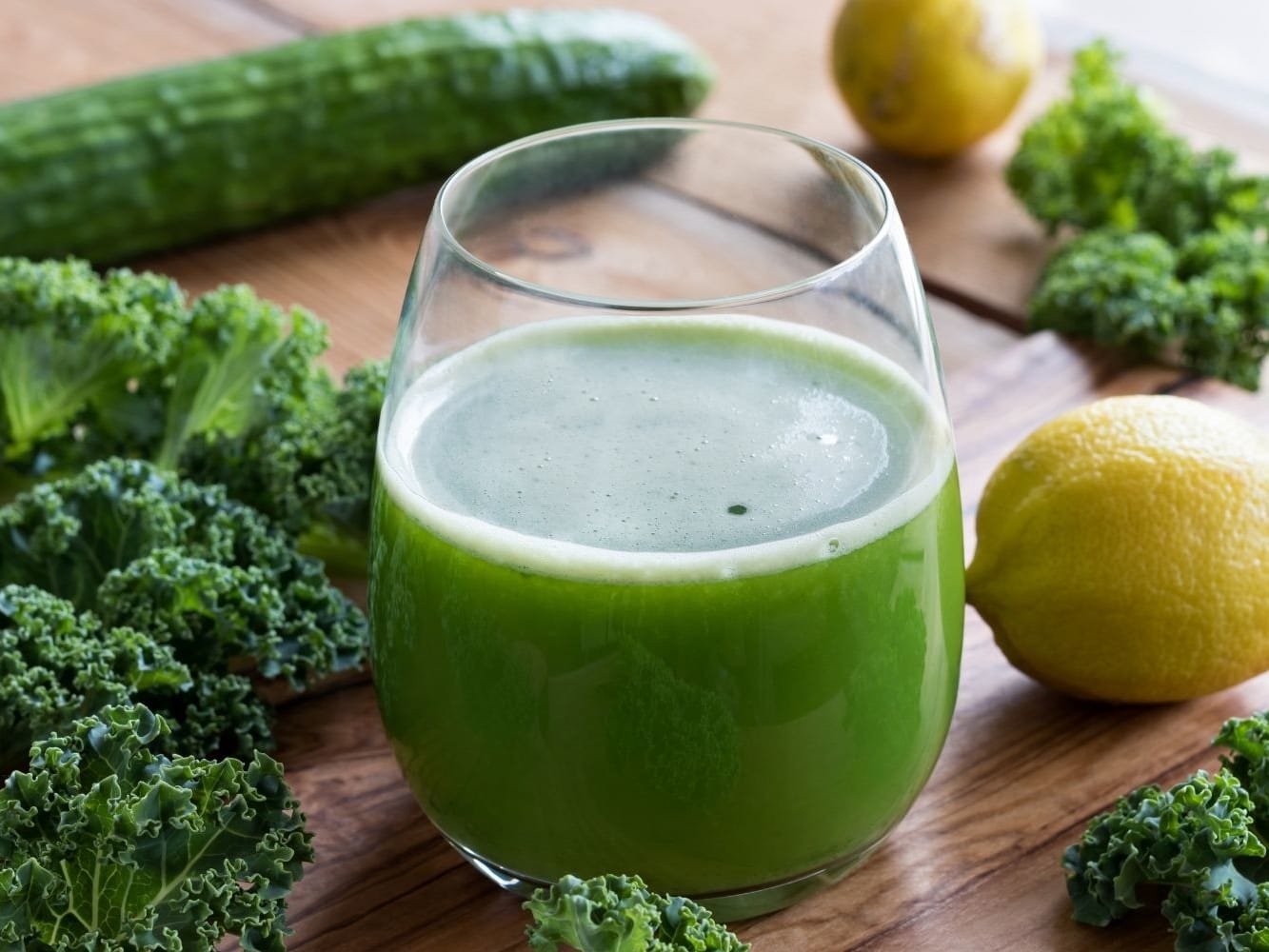
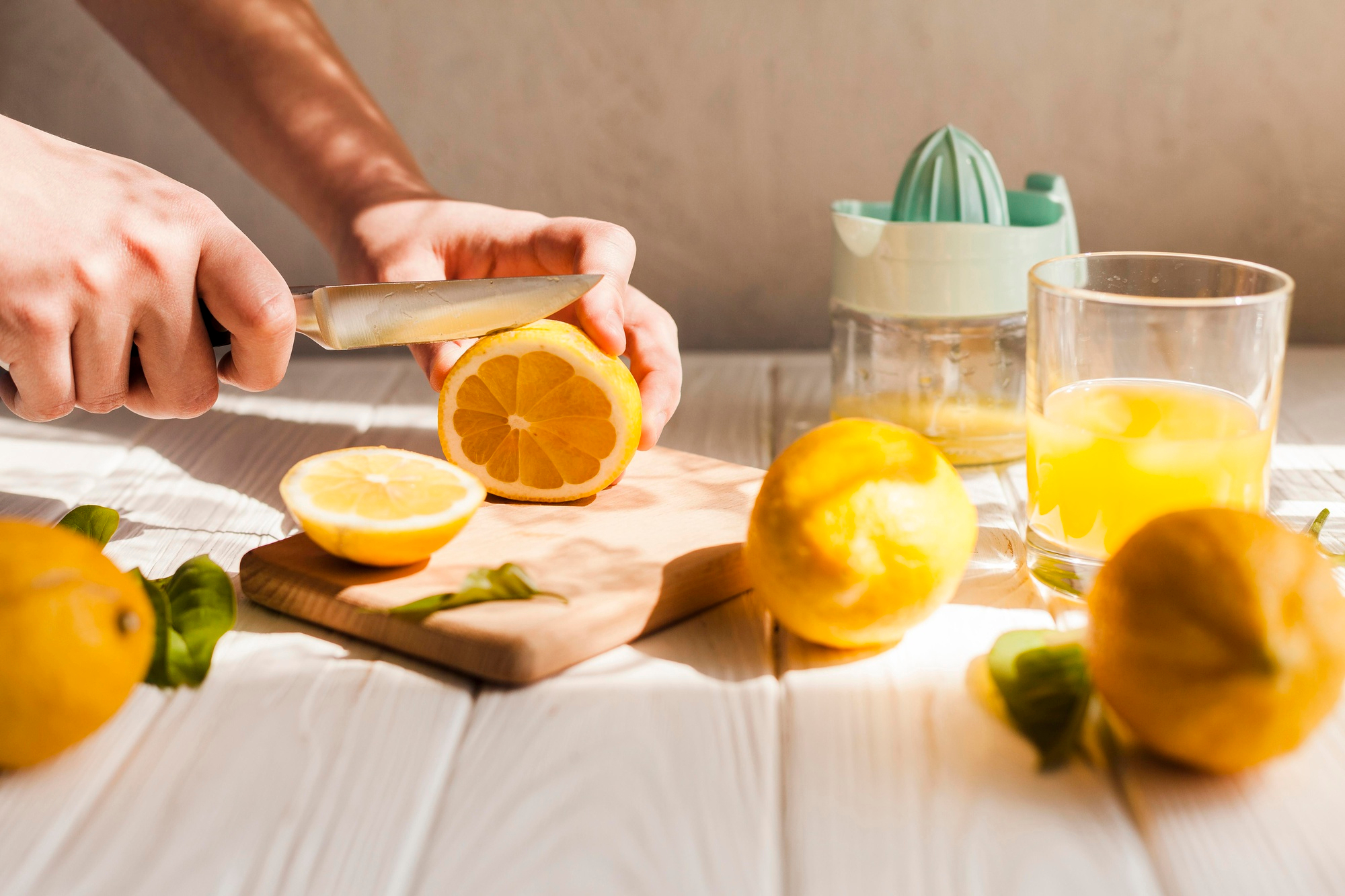
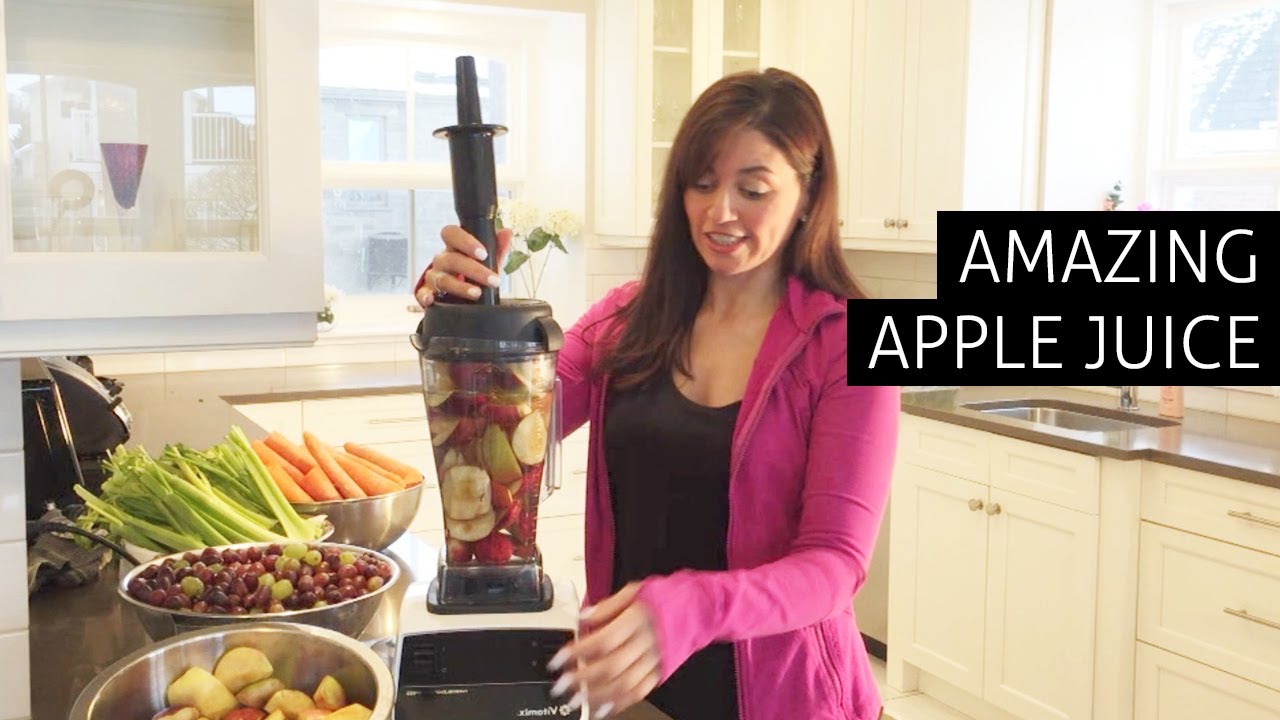
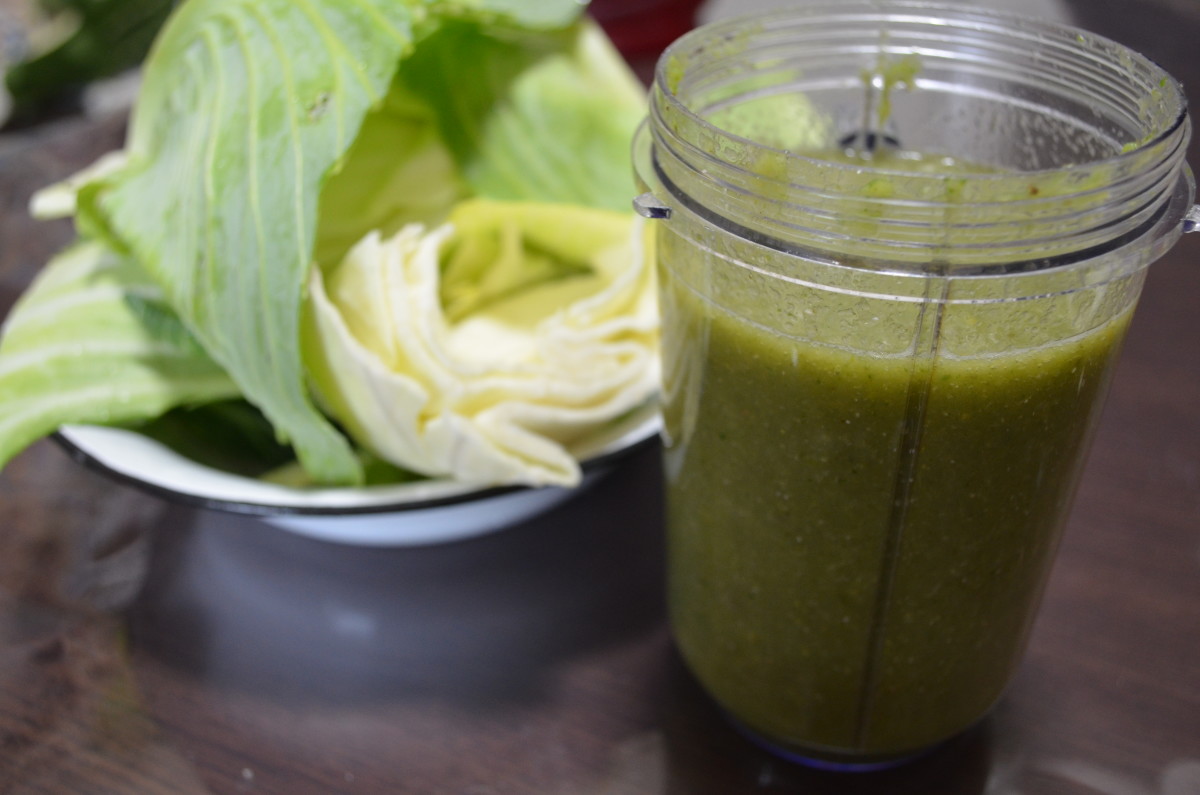
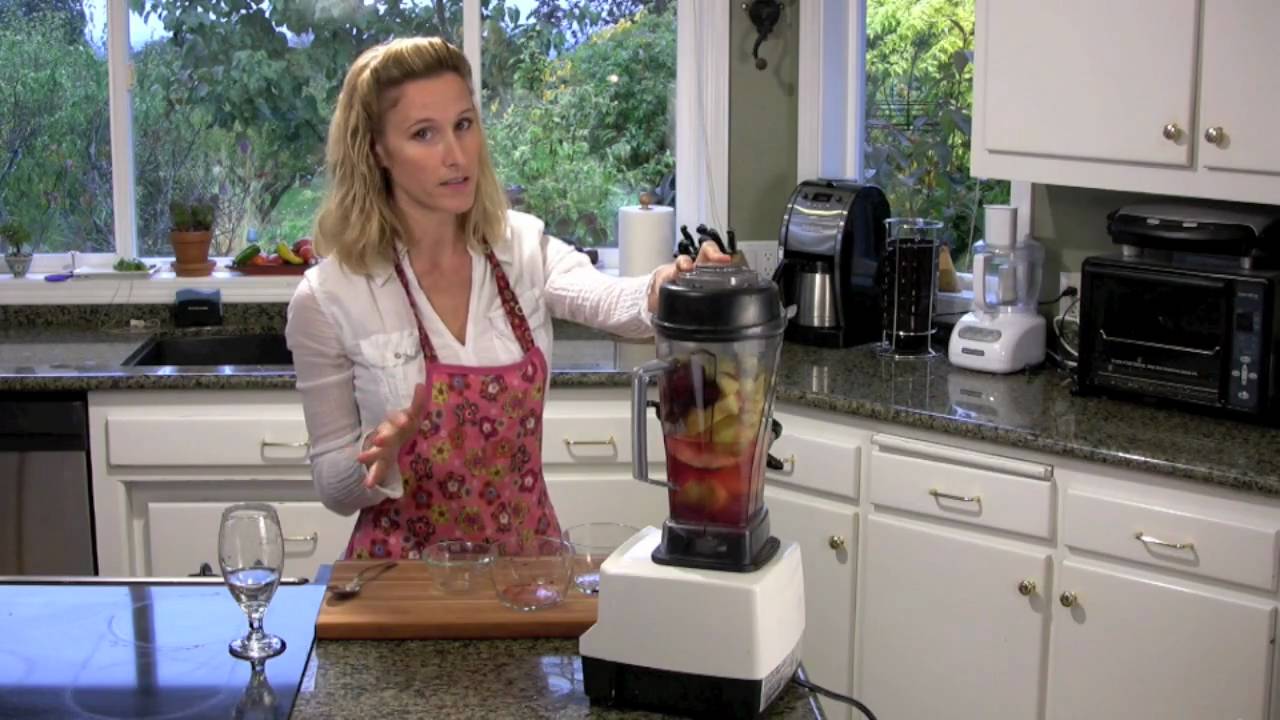
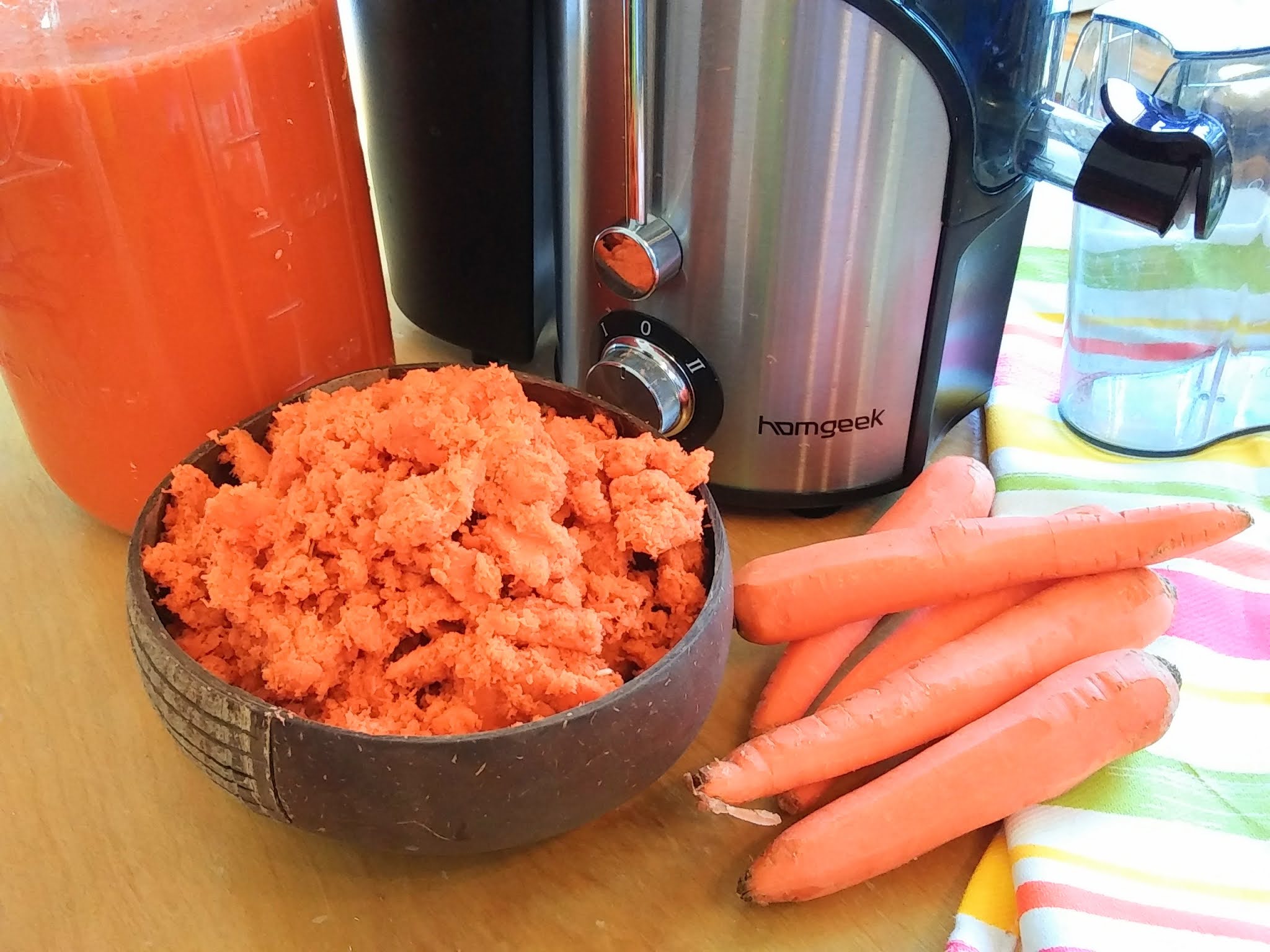
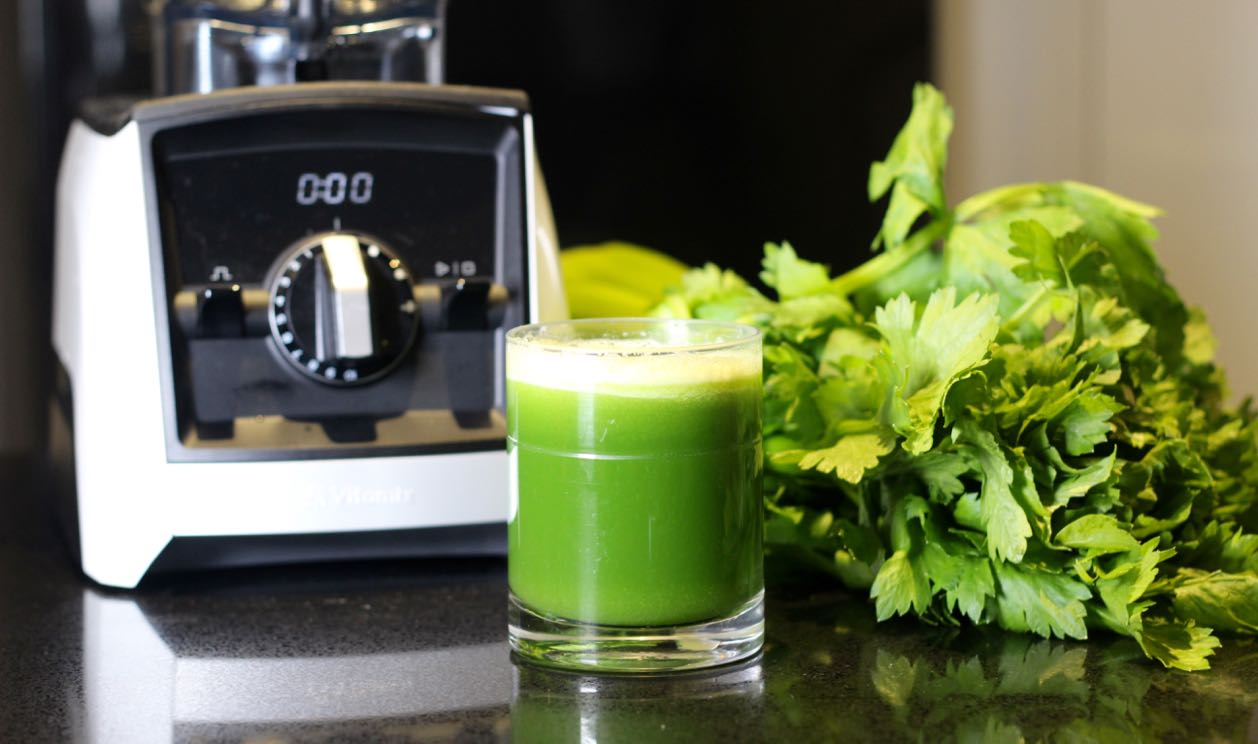
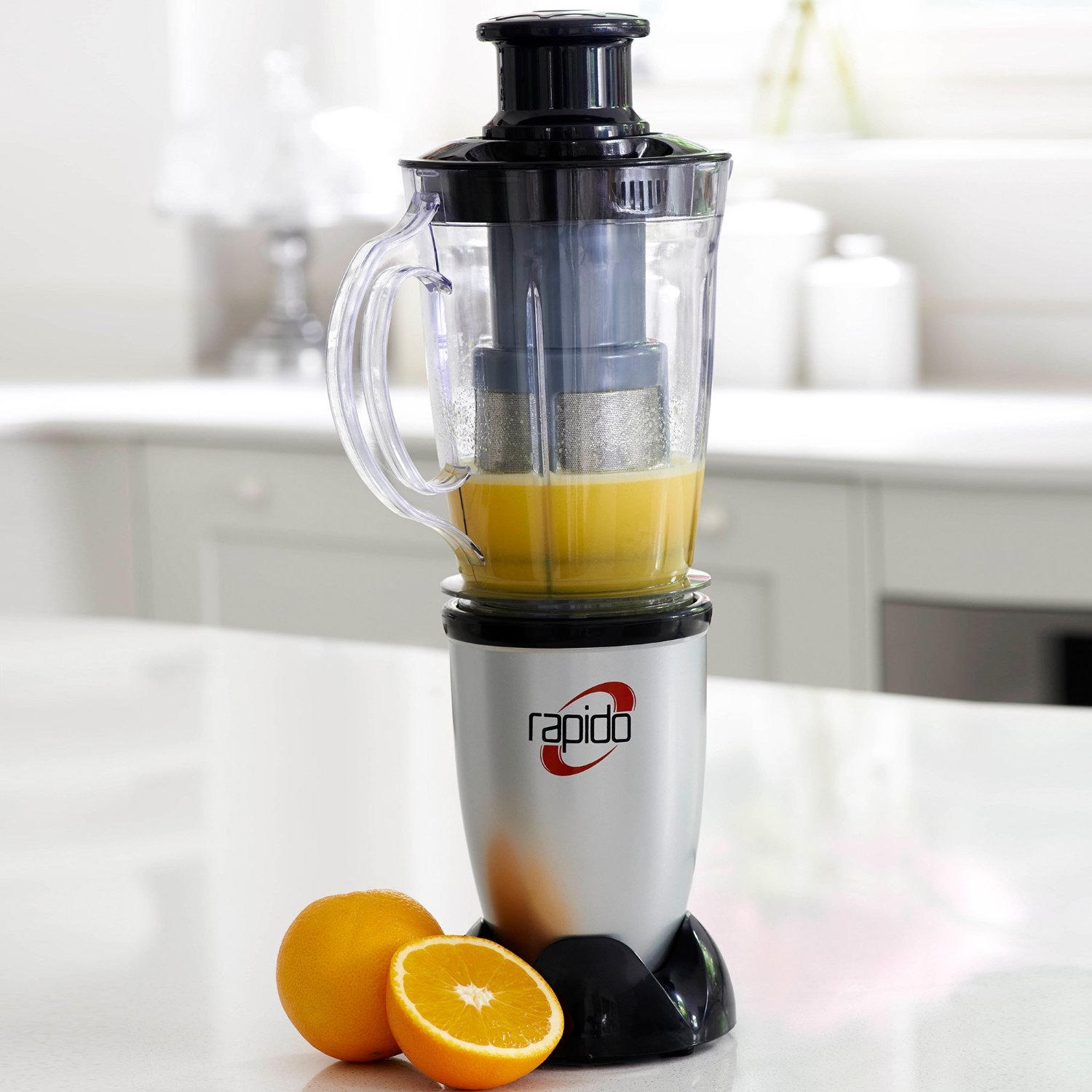
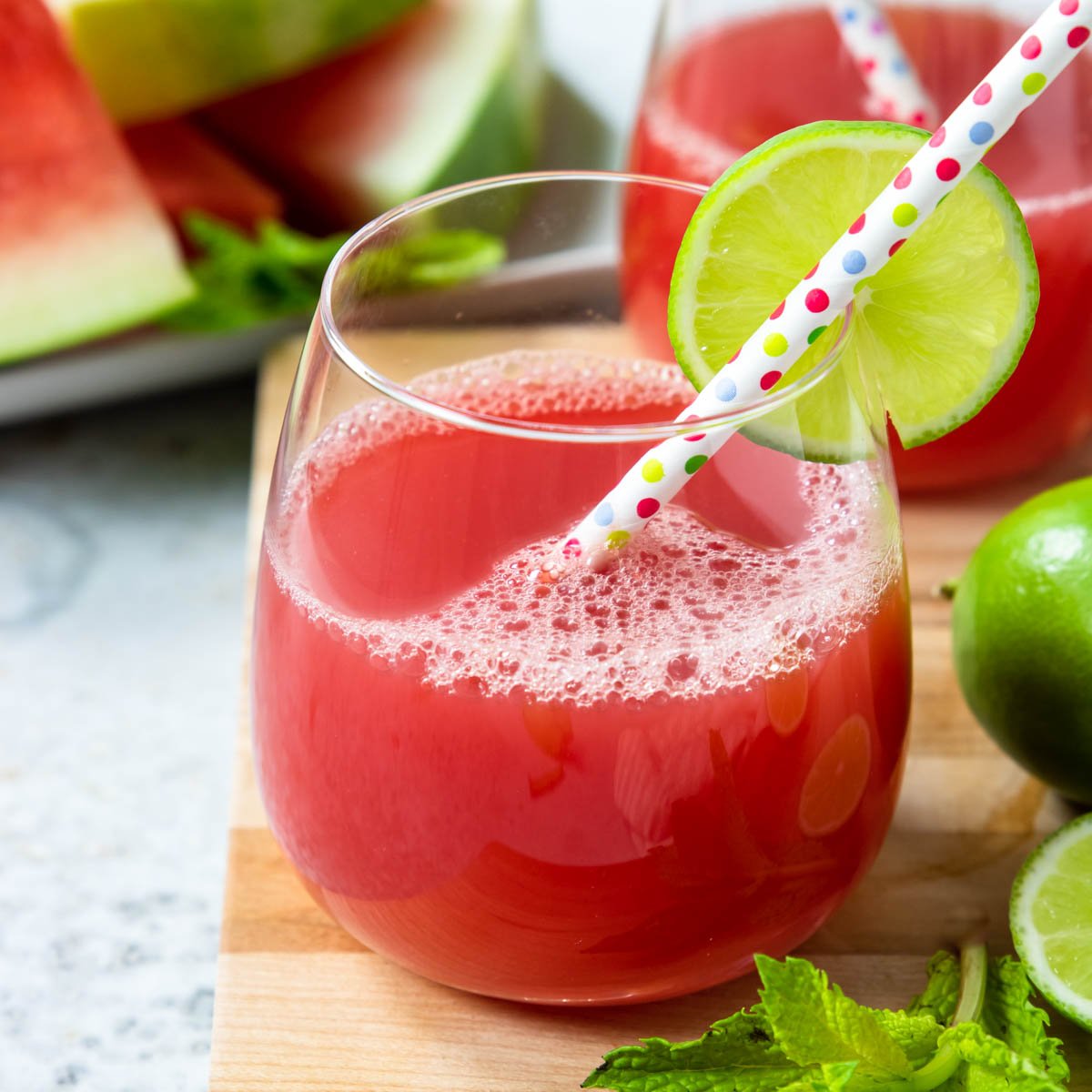
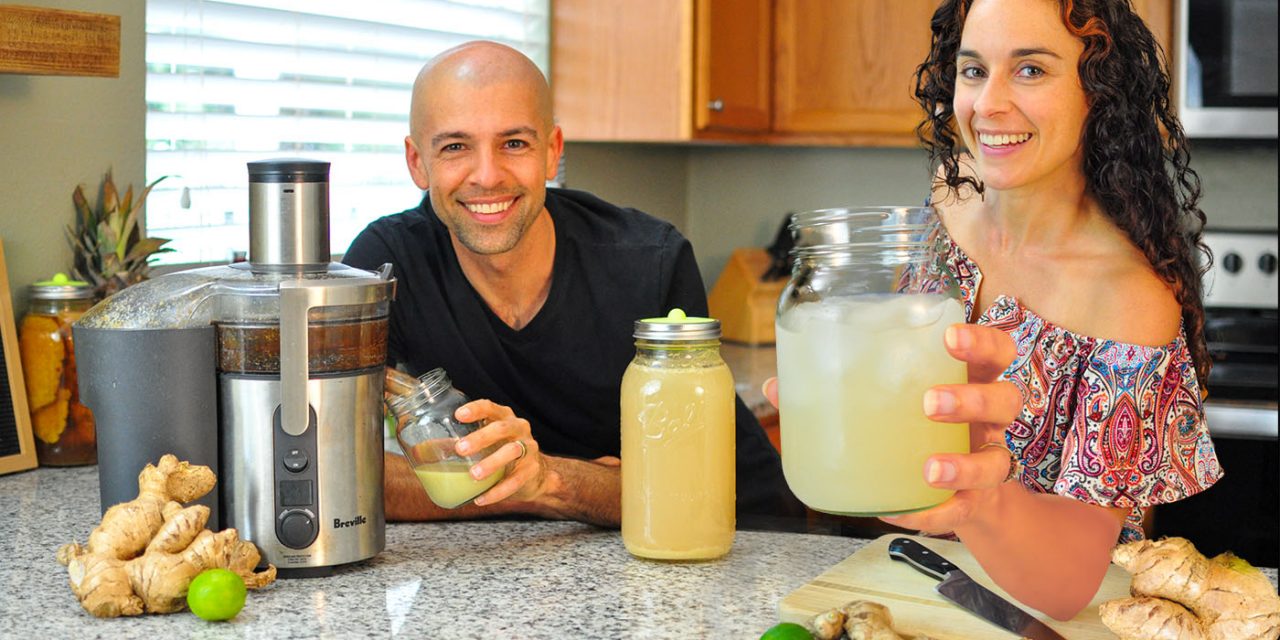

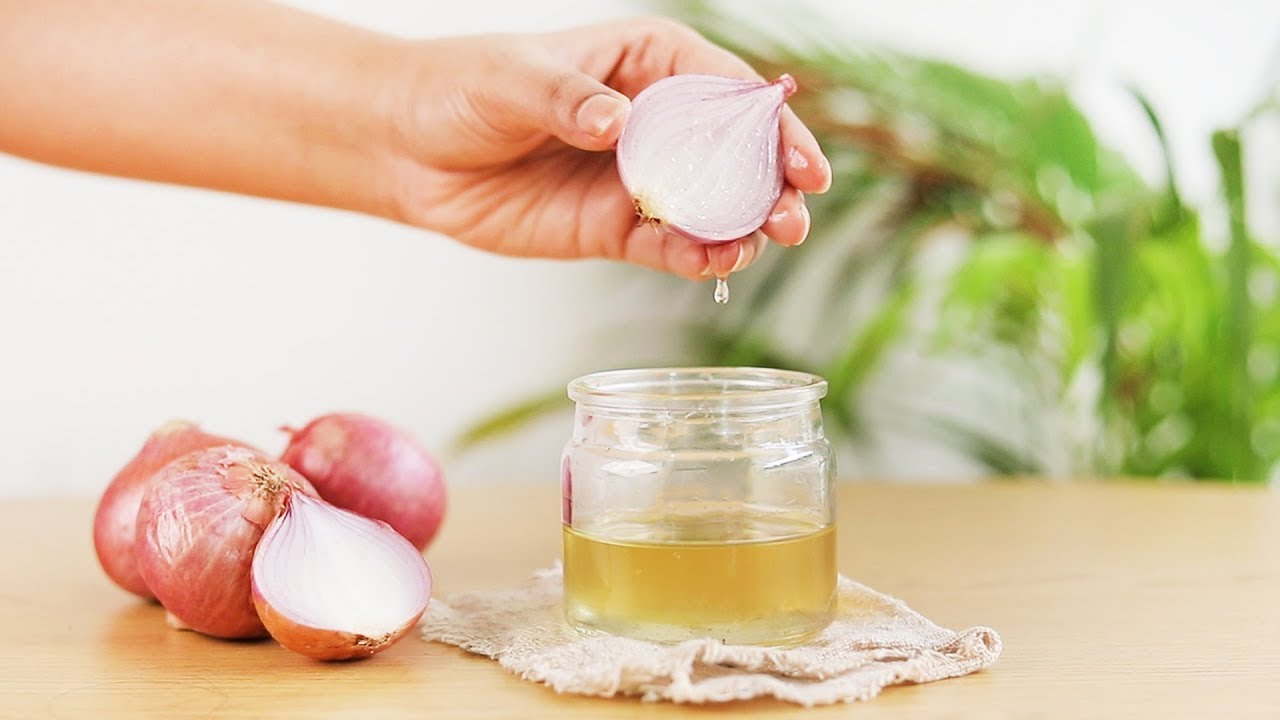
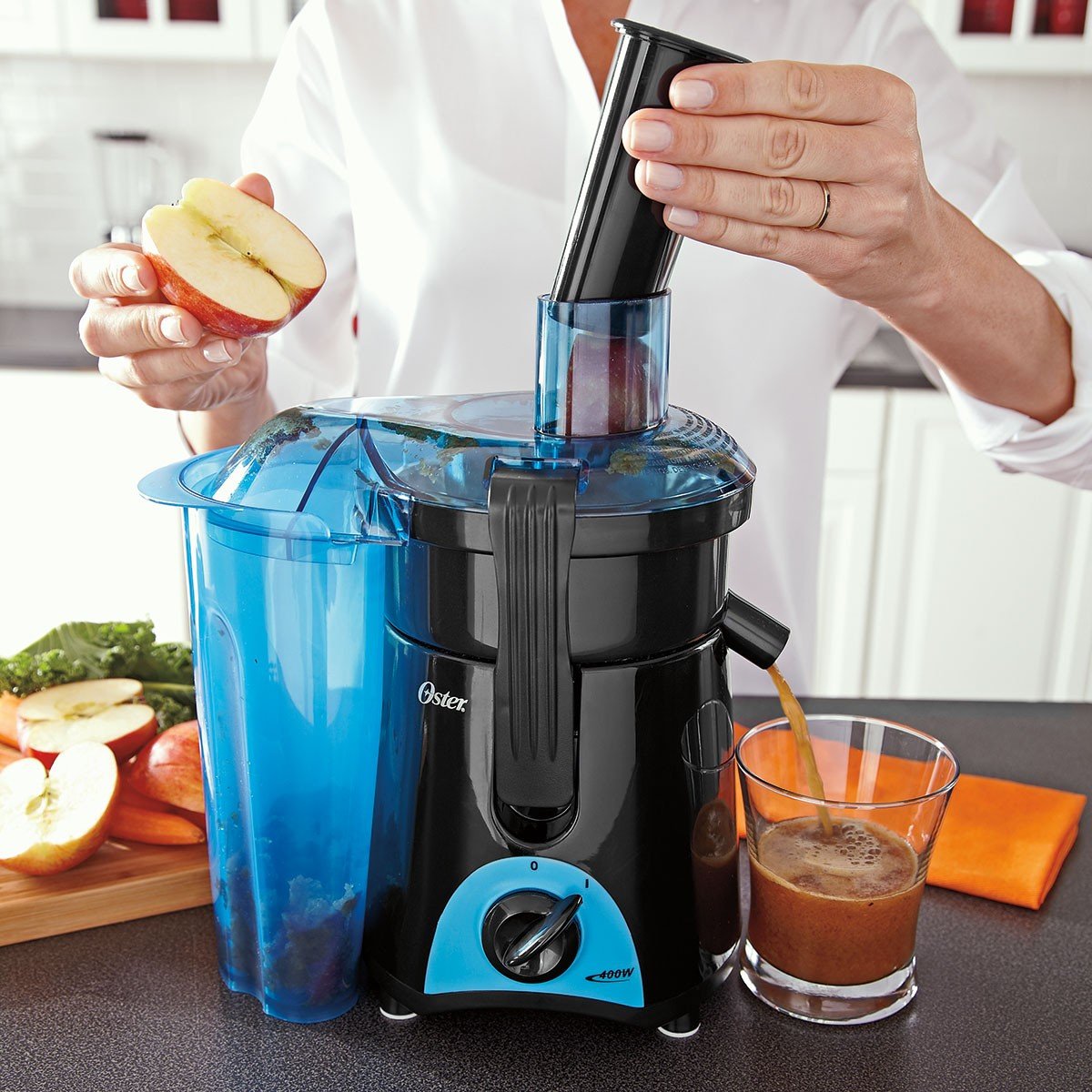
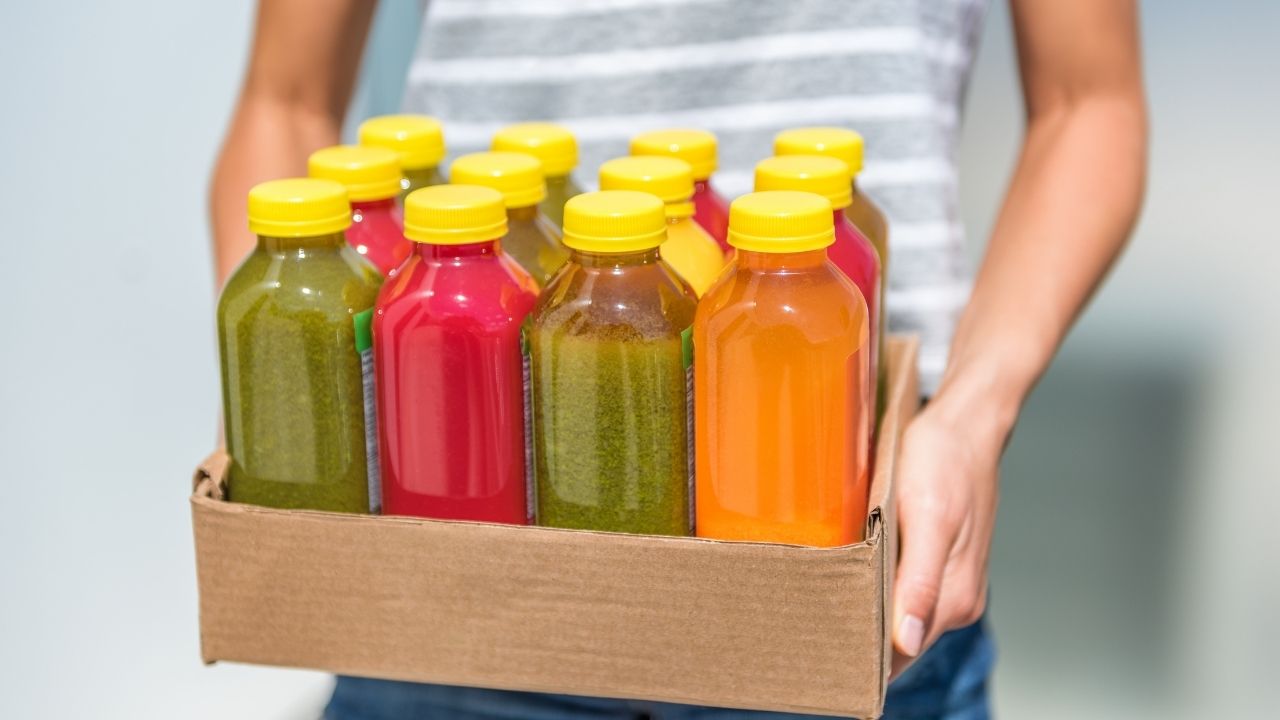

0 thoughts on “How To Juice With Blender”